17 Surprisingly Unhealthy Foods
1. Veggie patties
A diet staple for those trying to cut back on meat, veggie patties can be healthy. But many of the processed, frozen versions have more fillers—used to create that burger-like texture—than actual vegetables, dietitian Lona Sandon told WomansDay.com. To ensure your burger is packed with real good-for-you greens, Sandon suggests checking to make sure vegetables are listed at the beginning of the ingredient list.
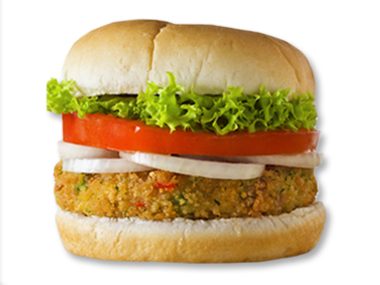
2. Packaged turkey
Yes, turkey is good lean protein, and on a sandwich with whole-grain and lettuce, tomato, and other veggies isn’t a bad lunch choice. The culprit here is sodium; a two-ounce serving of some brands has as much as nearly one-third of your recommended limit, according to CookingLight.com. The healthier move: Buy low-sodium slices (look for less than 350 mg sodium per two-ounce serving) or roast and slice your own meat.
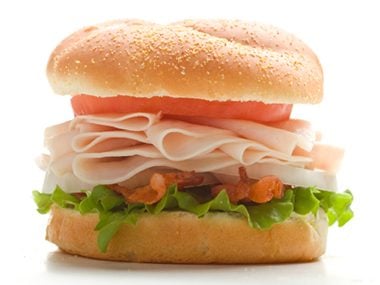
3. Energy bars
Praise the marketing geniuses who figured out a way to sell foods that contain more sugar and calories than certain candy bars as healthy. “Protein bars are all just processed chemicals,” Garth Davis, MD, a bariatric surgeon at The Davis Clinic in Houston, Texas and author of The Expert’s Guide to Weight Loss Surgery, told iVillage.com. If you’re going to eat them, pick ones with fewer than 200 calories and 20 grams of sugar per serving, recommends WomansDay.com. Also key: Read labels to choose bars with as few ingredients as possible. Some bars from brands like KIND and Larabar contain just nuts, dried fruit, and seeds.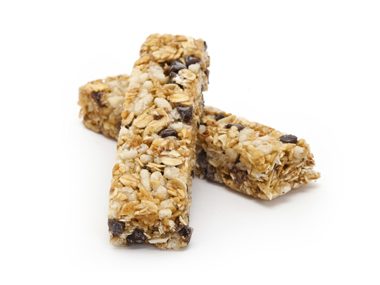
4. Bran muffins
Wholesome and humble, bran muffins seem like a breakfast food hero. But while bran itself is a healthy whole grain source of fiber, it becomes less—much, much less—nutritious when baked into a muffin with heaps of sugar, flour, and fat. “Depending on the size, a bran muffin can have more calories and sugar than a doughnut,” Joan Salge Blake, RD, LDN, author of Nutrition & You, told WomansDay.com. If you’re really craving a muffin, make them yourself and look for recipes that use whole wheat flour and substitute applesauce for butter.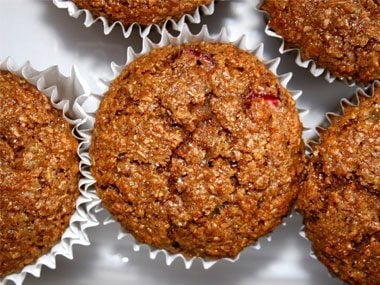
5. Multigrain bread
Words like “multigrain” “wheat” and “7 grain” don’t mean all that much, explains CookingLight.com. Many breads labeled this way actually contained refined grains, which lack the fibre of whole grains and can make your blood sugar spike faster after eating, leading to cravings. Be a smarter bread shopper! If the first flour listed on the label is refined (look for "bleached" or "unbleached enriched wheat flour"), it’s not really a whole grain product.
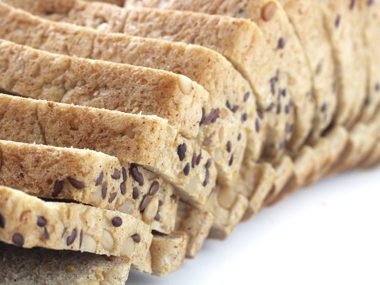
6. Flavoured instant oatmeal
It’s a whole grain, a healthy grab-and-go breakfast choice, and easily topped with other healthful sides like berries, flax, and nuts. So what could possibly be bad about oatmeal? Well, flavoured packets have more sugar and sodium than regular rolled or steel cut oats, notes Prevention.com. A better option: Dress up regular oatmeal with fresh fruit or a small amount of honey.
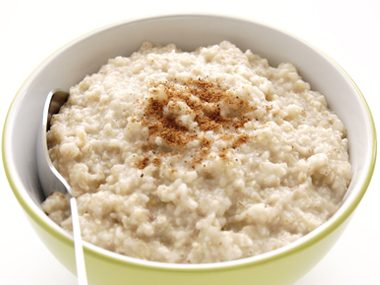
7. Reduced-fat peanut butter
Attention: The fat from nuts is good for you! A recent Harvard study found that people who ate an ounce (a small handful) a day had a 20 percent lower risk of dying than people who didn’t. What’s more, when you compare labels of regular and reduced-fat peanut butter, you’ll see that calories are roughly equal. The difference, notes CookingLight.com, is that reduced-fat versions add more sugar to make up for the lack of fat. So choose the regular kind, and stick to 1 to 2 tablespoons per serving.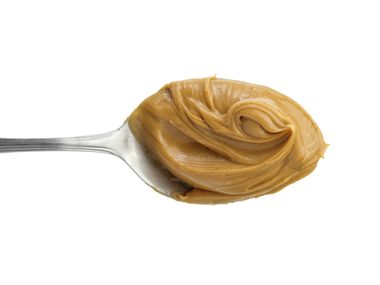
8. Couscous
This exotic-looking grain seems like a virtuous side dish, but the jig is up. Couscous is really just a tiny pasta—a refined grain similar to white pasta, according to BestHealthMag.com. Look for whole-wheat couscous, or else opt for a healthier whole grain like quinoa.
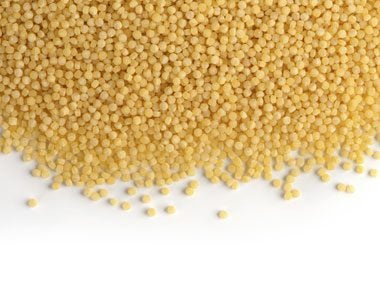
9. Sushi
Fresh fish, no heavy sauces—health food, right? We tend to eat a lot of sushi to feel full, and those rolls contain mostly rice and very few veggies. According to The Biggest Loser nutritionist Rachel Beller, one California roll is equivalent to eating two sandwiches filled with imitation crab meat. A spicy tuna roll is like adding another one and a half tuna sandwiches with full-fat mayo. A healthier option: Ask for rolls wrapped in cucumber or that are “easy on the rice” and be sure to fill up with a side salad or protein-packed edamame.
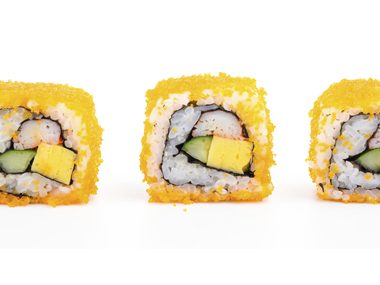
10. Rice crackers
So light, so airy—rice crackers and cakes are the ultimate diet snack food cliché. But they lack fiber and can be high in sodium, notes BestHealthMag.com. What’s more, rice crackers are actually considered carb dense, meaning they have a high ratio of carb grams relative to their weight. (Carb dense foods can alter the balance of your gut flora and trigger inflammation.) A plain rice cake weighs only 9 grams but 80 percent of it is carbohydrate. In comparison, a small potato—which many people think is a “bad” carb—weighs 170 grams but only 23 percent is carbohydrate.
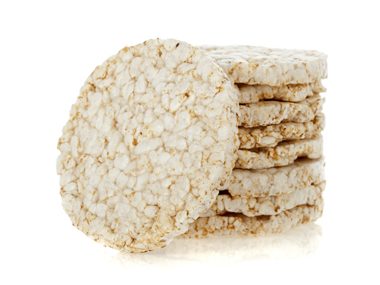
11. Rice milk
Unless its fortified, rice milk is “simply fluid from rice that’s naturally high in carbohydrates and low in protein and calcium,” Bethany Thayer, RD, director of the Center for Health Promotion and Disease Prevention at the Henry Ford Health System in Detroit, told Prevention.com. If you can eat dairy, you’re far better off with fat-free organic cow’s milk, which contains calcium, potassium, vitamin A, vitamin D, vitamin B12, riboflavin, and magnesium. Soy and almond milk are better dairy alternatives.
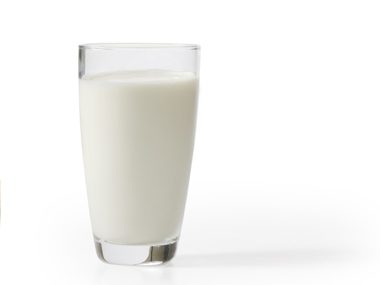
12. Trail mix
Most nutritionists will advise you to snack on a combination of carbs, protein, and fiber for sustained energy—and trail mix seems like a perfect example. But grocery store versions are often packed with not-so-nutritious add-ons, like “yogurt”-covered raisins, deep-fried banana chips, sesame sticks, or salty nuts, according to DrOz.com. Make a healthy mix yourself with mainly nuts and seeds and a little high-cacao dark chocolate and dried fruit.
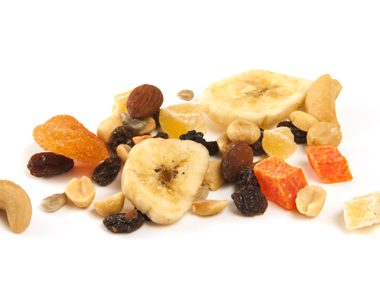
13. Pretzels
With fewer calories and fat grams than most chips, pretzels seem healthy. But “nearly every brand of pretzels is made from the same basic ingredients: white flour—wheat flour that’s been stripped of its nutrients and fibre—yeast, salt, and maybe some vegetable oil or corn syrup,” according to nutritionist Joy Bauer on Today.com. “It’s obvious from the subpar ingredient list that this popular snack is pretty much devoid of nutrition.” Bauer recommends looking for a brand made with whole wheat flour or eating whole grain crackers, soy crisps, or popcorn instead.
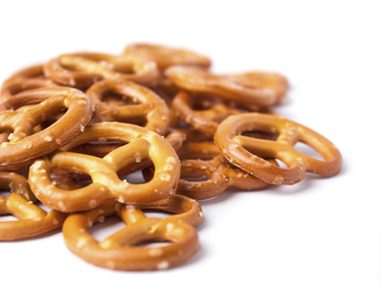
14. Spinach wraps and pasta
Don’t let the green hue fool you. “The actual amount of spinach in these green tortillas and noodles is trivial compared with what you would get if you added your own spinach leaves to your wrap or pasta dish,” according to dietitian Sarah Haan on SparkPeople.com. Eat whole grain wraps or pasta, then add actual spinach leaves to get the greens’ ample amounts of B vitamins, fiber, iron, and calcium.
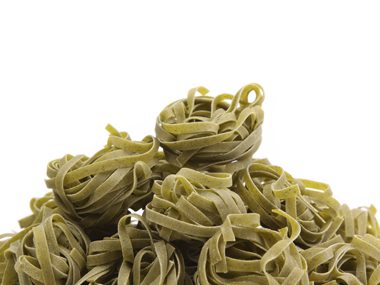
15. Banana chips
No matter how you slice it, they’re just inferior to their original fruit source, according to iVillage.com. A plain banana provides fiber, potassium, vitamin C, and fewer calories and fat. One not-very-filling ounce of these chips, which are fried, has about 150 calories, while a medium banana only has 105.
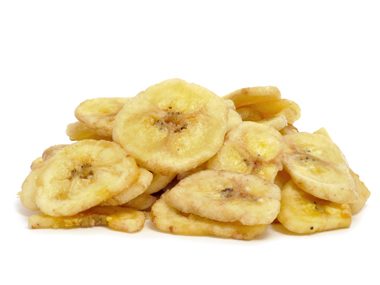
16. Baked beans
Beans are healthy. Baked beans, on the other hand, “are a messy mix of pinto beans, sugar, syrup and molasses with an unnecessarily high calorie counts,” nutritionist Rania Batayneh told iVillage.com. Give regular pinto, kidney, and garbanzo beans more pizzazz by adding them to salads and pasta dishes.
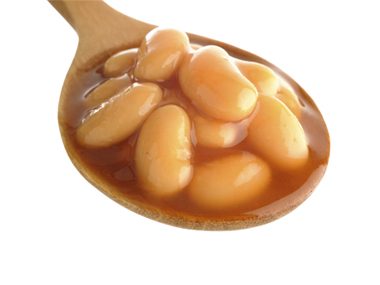
17. Bottled green tea
Are you drinking an antioxidant-packed health beverage, or the equivalent of sugar water? A report from ConsumerLab.com last summer found that certain brands of bottled tea sold in stores contained almost no ECGC, the potent antioxidant linked to everything cancer prevention and weight loss, or much lower amounts than what was claimed on the label. “If it’s a fun, refreshing, sweet-tasting beverage you’re after, bottled tea drinks may be all right occasionally,” said nutritionist Conner Middelmann-Whitney on PsychologyToday.com. “But if you are drinking tea to lower your risk of cancer, heart disease, osteoporosis and a whole list of other degenerative conditions, brew your own.”
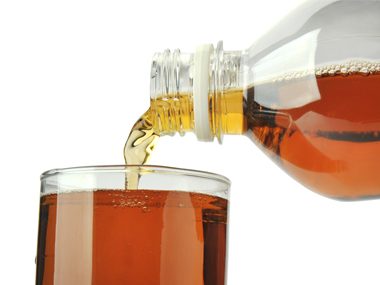
More Articles